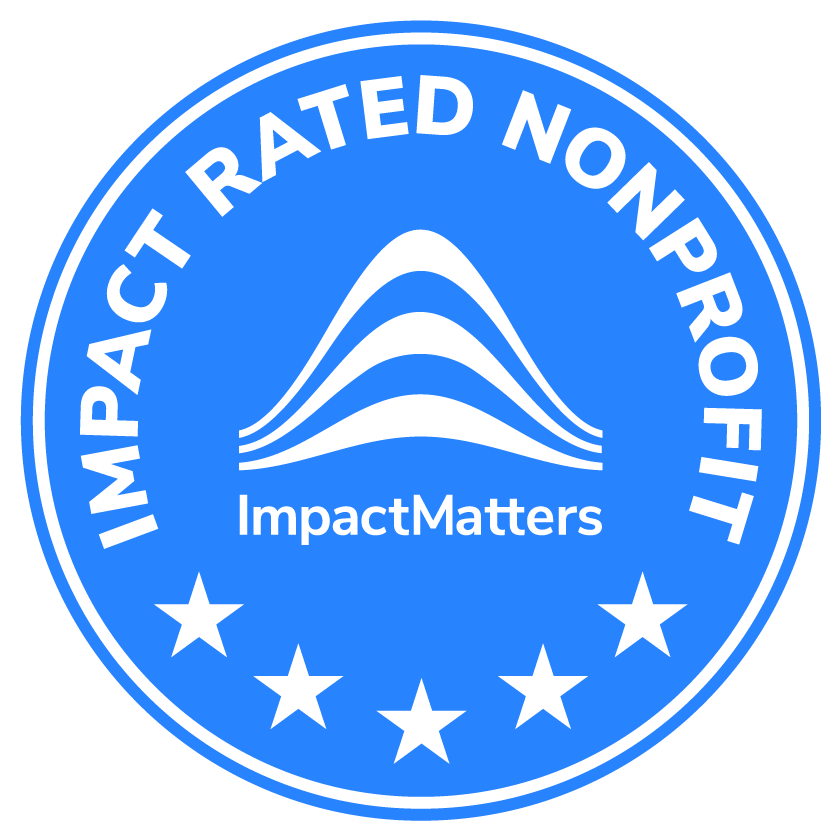On July 20, 2018, Kate Cochran and Sachi Shenoy, gave an update on Upaya's portfolio and jobholder metrics at the Upaya Breakfast Briefing, hosted at Global Washington. Watch a recording of the event which was streamed live on Facebook!
"Tamul Plates Social Impact Report: 2014 Baseline" Now Available
During the summer of 2014, the Upaya staff and Tamul Plates management began work on this Social Performance report to document the economic and social background of the company’s beneficiaries. This report provides a snapshot of social metrics for 95 of Tamul Plates’ beneficiaries, serving as the baseline for reporting their progress out of poverty over time.
Surveyors interviewed Tamul Plates beneficiaries across ten districts of Northeast India. For the purposes of this report, the respondents were broken into two geographic groups - the Lower Assam Group and the Upper Assam Group. Beneficiaries were evaluated across key social and economic metrics, including income, education, assets, and expenditure. Among the highlights:
- Households in the Lower Assam Group have a higher likelihood of falling below the $1.25-a-day poverty line than those in the Upper Assam Group. In particular, leaf plate producers (32 percent in the Lower Assam Group, and 36 percent in the Upper Assam Group) and raw material collectors (28 percent in both respondent groups) are the most likely to fall below the poverty line among Tamul Plates beneficiaries.
- Leaf plate producers are highly dependent on Tamul Plates, with income from Tamul Plates-related activities constituting the primary source of income for a vast majority of households across the Lower and Upper Assam Groups.
- Households spend roughly 50 percent of their total monthly expenses on food alone. Expenditure on school for children and miscellaneous (unplanned) expenses form the next two biggest categories. Savings constitute a very small component of total expense for households at 6–7 percent.
A midline (check-in) survey will be conducted after 12 months for the same group of beneficiaries to measure the changes in income levels and quality-of-life indicators. Click here to download the full report.
Eco Kargha Baseline Social Metrics Report (November 2013)
In November 2012, Upaya initiated a partnership with Bhagalpur-based start-up Eco Kargha Marketing Pvt. Ltd., a company working to improve the lives of rural weavers through the production and sales of traditional handloom products. Surveyed in mid-2013, this Baseline Social Metrics report provides a snapshot of social metrics for 119 weavers working with Eco Kargha at the time of their hire, serving as a baseline for reporting their progress out of poverty.
The data in this report was collected before these households started their employment with Eco Kargha, and prior to receiving their new income stream. Before Eco Kargha was established, the only option open to these weavers was to sell their products to local wholesale agents and receive devastatingly low margins and irregular payments. Due to the uncertainty of demand from these traders they would end up with little to no work - especially in the summer months.
Among the report’s findings:
- While only 15% of households live under the $1.25 a day extreme poverty line, the per capita earnings are just $0.49 per day for each member of the average five-person household.
- For most of the households weaving not only employs a majority of their family members, but its contribution in the family pool of income is also the highest.
- The majority of houses include one form of sturdy building material – either wall or roof – however 89% are categorized as “semi-pucca,” meaning that quality materials are augmented with mud or thatch.
- Food expenditures consume 85% of the average weaving household income, which is 30 percentage points higher than the Indian national average.
The business generated by Eco Kargha comes as a shot in the arm for weaving households, increasing household earnings and allowing them to rely on their craft as their primary source of income, year round. Subsequent metrics reports will track these households’ progress and report on improvements in their quality of life as a result of these new jobs.
Midline Social Metrics: October 2012
Click to Download the Report
In August 2011, Upaya initiated a partnership with Samridhi Agri-Products to create steady employment for households living on less than $1.25 a day. Surveyed in early July 2012, this Midline Social Metrics report provides a snapshot of the progress out of poverty made by Samridhi’s 55 longest tenured employees.
Before Samridhi’s arrival, these families could only rely on hard manual labor on construction sites or working someone else’s land to earn a meager living. One year later, Samridhi has created 104 new jobs rearing and milking dairy animals for ultra poor families who did not previously own cows or goats of their own. The company has also improved the livelihoods of an additional 220 dairy farming families in the same villages by providing higher, more reliable payments than the local middle men.
For the purpose of this report, the employees have been separated into two groups. Group A includes those who joined the company in 2011, and Group B includes those who joined in the first three months of 2012. For both groups, baseline metrics (those collected prior to employment) and midline metrics (collected as of July 2012) are presented side-by-side for comparison. We are happy to report that both Group A and B have made good progress along certain indicators and we are seeing improvements to their quality of life.
- Both Groups A and B have seen an 80% reduction in households living below the $1.25 a day extreme poverty line.
- Group A’s average daily food expenditure quadrupled to nearly $0.81 following a 78% increase in households’ average daily income. Group B saw a similar rate of increase, with a 24% increase in income producing a 49% increase in average daily spending on food.
- Both groups report consuming a greater variety of grains and vegetables in the home.
You can download the full report here.







